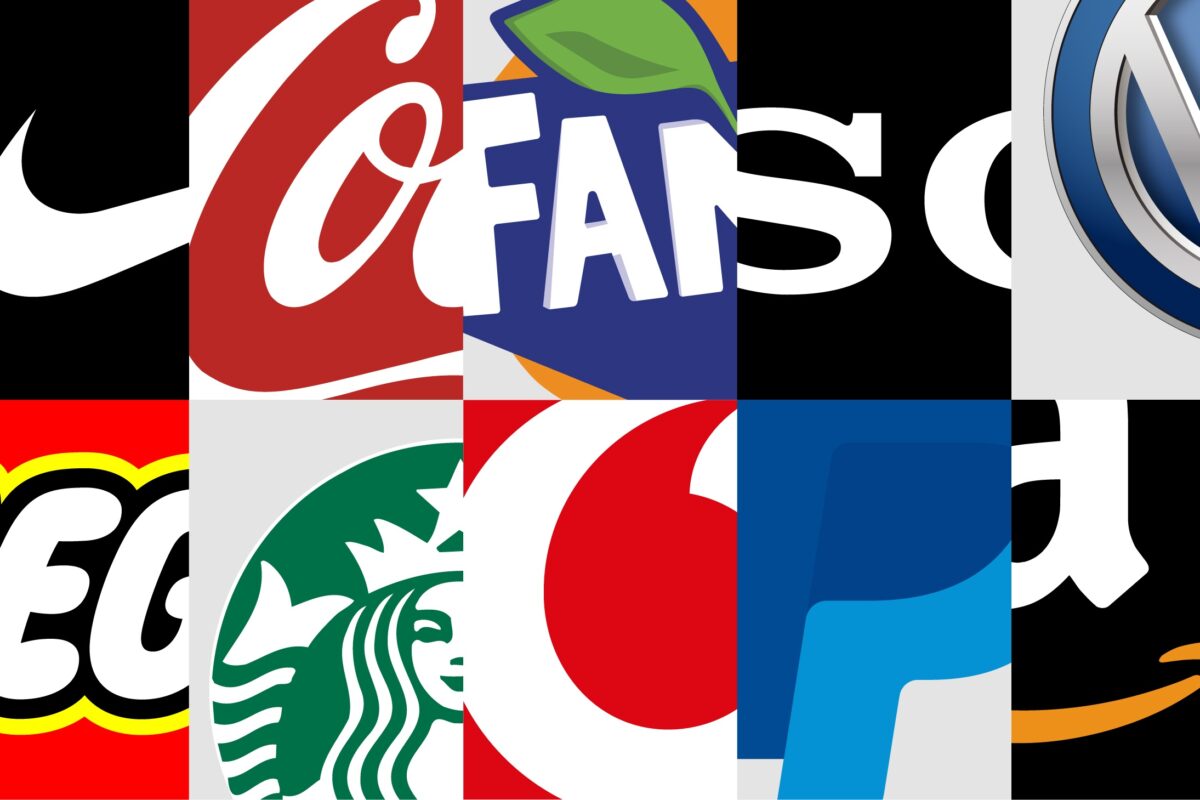A great name should be pleasing to the ear and to the eye. So how do designers make a name look good?
We got some answers from Scott Yaw, a senior partner and managing director of Deskey Integrated Branding in Cincinnati. Scott joined Deskey in 1978 and his expertise encompasses brand strategy and identity programs. Some of Deskey’s recognizable brand design efforts include the iconic Tide detergent bull’s-eye logo, DeWalt Power Tools, Ingersoll-Rand equipment, 3M’s Post-It Notes, Brawny Paper Towels and retail packaging for Starbucks.
Q: You say that smart design is a competitive weapon. How so?
That statement actually paraphrases a principal our founder Donald Deskey said in the 1940’s, but we find it very relevant. With so many parity products and services in today’s market place, design is one strategy marketers can use to differentiate their brands and help close the sale with customers. When marketers fail to differentiate, customers will likely choose low-price. This is the start of commodity thinking and the race to the bottom begins. Great design moves both hearts and minds. Great design moves customers up to premium price points.
Q: Let’s say a client brings you a name for a new product. Describe your process for turning that name into a visual identity.
We start the identity process with a five-step analysis: (1) How the product works; (2) How and where customers use the new product; (3) What significant benefits (if any) it provides to customers; (4) The actual selling environment where the product appears; and (5) An audit and evaluation against competition.
We prefer developing unique graphic symbols and easy-to-read word mark typography for new products. Unique graphic symbols can be trademarked as a barrier against forthcoming competition. Unique graphic symbols and easy-to-read logos with ownable colors can be integrated with marketing programs to create a consistent look.
Q: If the new name is a company name, as opposed to a product name, is the process substantially different?
Yes, in some respects starting with how, or if, the company itself will be marketed. Public corporations are marketed to Wall Street, investors and possibly consumers. So, corporate brand identity takes on a certain look due to customers and markets served. But both public and privately held companies should place a high value on their identity because it represents their organization and people.
Product brand identities are designed to sell customers either directly or indirectly through a distribution channel. Product brands should evolve over time to keep pace with changing customer tastes. Once established, it’s a much slower pace for corporate brands to undergo significant changes in identity.
Q: Are there styles or patterns of logos that are more popular today? Or that have fallen out of favor?
Yes, avatars and unique graphic symbols that can be brought to life on the Internet are not a fad but a growing trend. Logos are evolving from being representative of the product or company into personalities that can be marketed through merchandising and media efforts. We are recommending logos with brighter color palettes because of the Internet and other alternative media communications.
Another popular trend for older products is to borrow retro looks from their past. Many older product identities can be made new and relevant for today’s consumers.
Q: Has the universality of the Internet changed the way you create designs?
Absolutely. If you look back 10 years ago when the Internet was less of a factor, there is a shocking difference between design programs produced today. The Internet gives designers an entire new medium. Designers have never experienced a communication medium that has come so far so fast.
Multi-dimensional and animation capabilities go far beyond what the printing press can produce. Print medium will be here for a long time but it’s no longer the lead delivery vehicle of branding. Communicating through the Internet and other new media are what new designers are being trained for.
Q: What are some of the mistakes that clients make with visual identities for their new names?
Brand logos that look like many other similar logos should signal a warning sign for change. Both corporate and product logos that mimicked variations of the Nike swoosh were not based on a solid design strategy and thus were not unique or personable. These types of logos are slowly disappearing.
When clients fail to treat their visual identities as a business asset that has financial value, future opportunity is lost. Because product technology is always changing, many brands outlive the product they represent. Some clients believe the new product itself is more important than the brand identity. In these cases, the product may be unique but the brand is weak. So, aggressive competition copies the product and launches with a powerful identity or licenses an established brand.
In either case, any marketing momentum the original new product gained is lost to the stronger brand. These types of situations plague many older manufacturing and sales driven organizations. The most impactful, most unique new product launches link product, brand name and identity as a single image in the mind of customers.
The Blake Project Can Help: The Strategic Brand Storytelling Workshop
Branding Strategy Insider is a service of The Blake Project: A strategic brand consultancy specializing in Brand Research, Brand Strategy, Brand Growth and Brand Education




